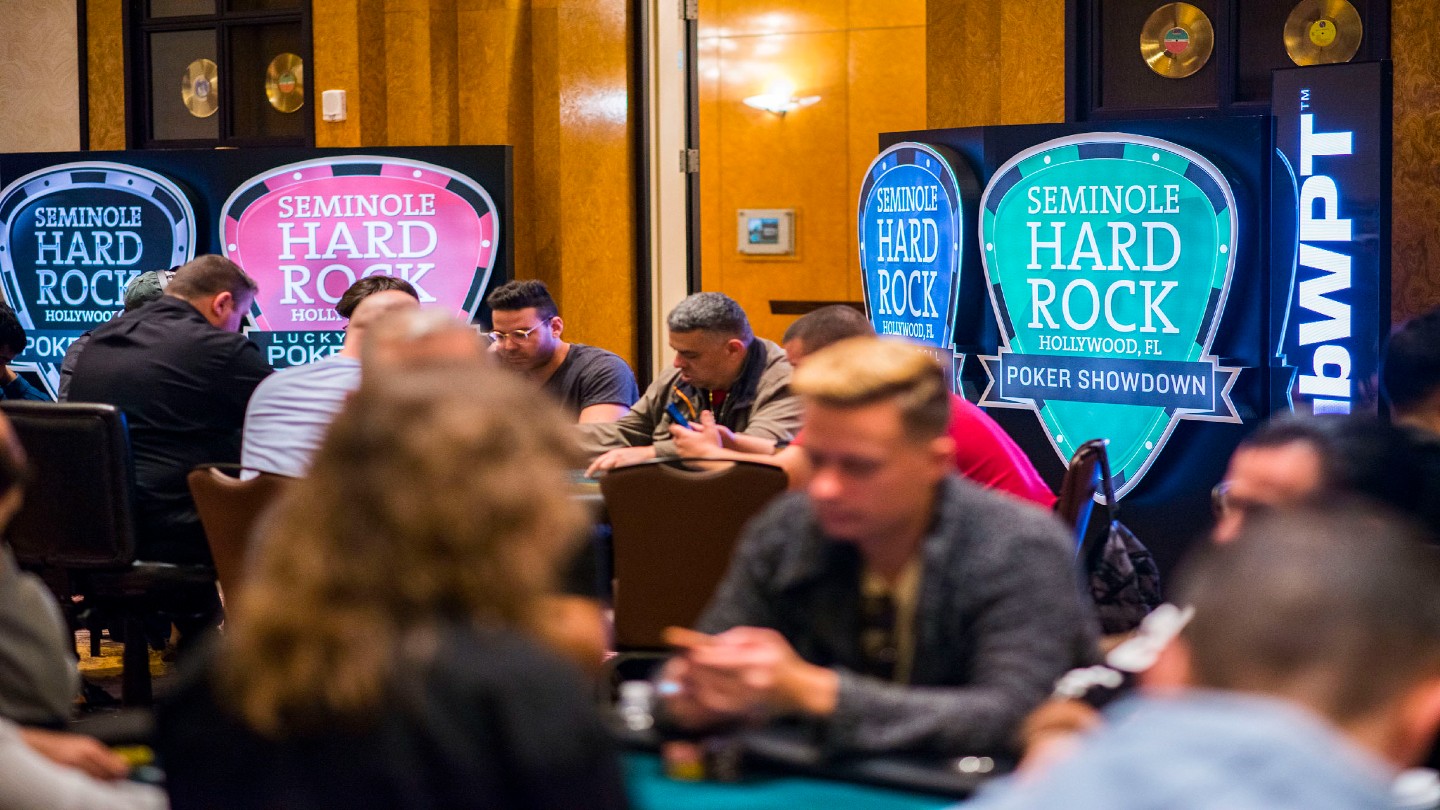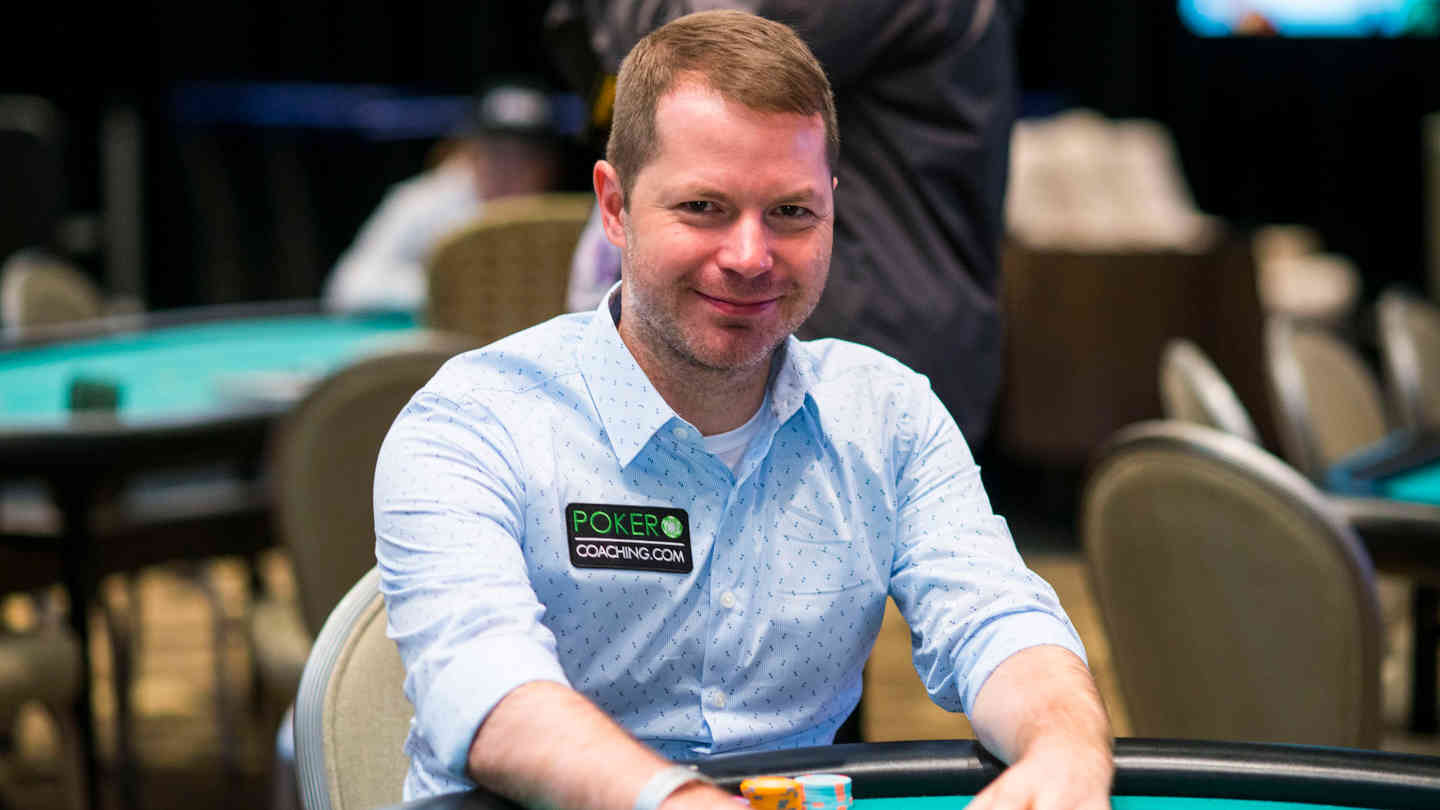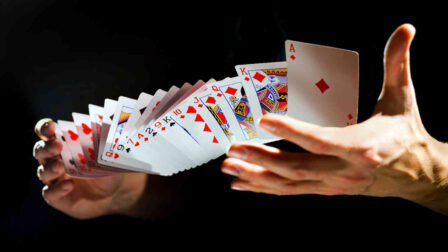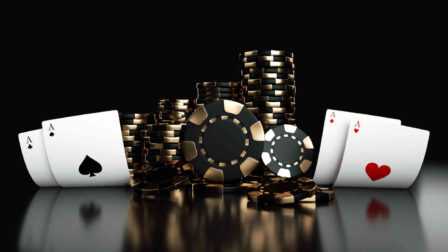Poker Ante – Everything You Need to Know in One Place

8 minutes
Last Updated: March 19, 2024
Forced bets represent the backbone of any poker game. Without players having to put money or chips on the line regardless of their cards, there’d be nothing to fight for and no motivation to play anything but premium hands, which would make this game very dull.
The two most common types of forced bets are blinds and poker ante.
Unlike blinds, which are posted by two players, antes are usually mandatory for all players in a hand and are posted before cards are dealt.
They’re much more common in tournaments than in modern-day cash games, although stud games and even some Hold’em cash tables sometimes include antes.
What Is Ante in Poker?
Ante in poker usually represents a fraction of the big blind. If, for example, blinds are 100/200, ante could be 20 chips.
If a game is played with antes or when a tournament reaches the ante stage, all players seated at the table have to post an ante.
Antes are posted before blinds, so if you have a very short stack and are in one of the blinds, you’ll first post an ante, and then whatever remains will be used to cover the blind.
They are all pulled together and added to the pot at the start of the hand.
There is absolutely no way to avoid paying a poker ante, of course, apart from angle shooting or cheating, but we will not discuss these options.

This is a mandatory bet that all players who will be dealt into the hand must post for the hand to start.
Reasoning Behind Poker Ante
As mentioned in the introduction, forced bets are crucial for poker as they help drive the action and give players something to fight for.
However, in most popular variations, such as Texas Hold’em and PLO poker, there are already two blinds (small and big), which is why antes aren’t frequently used in these cash games.
In stud variations, the only forced bet is the bring-in, which is quite small. The bring-in alone isn’t too big of motivation for the players to get involved, so poker antes were introduced to make pots bigger from the get-go and make them worth going after.
There is no rule against ante poker in Hold’em cash games, though, and sometimes, especially at higher stakes, players will happily agree to post antes and create bigger pots.
Larger pots generate more action, and most poker players love that.
Ante in Poker Tournaments
Unlike cash games, almost all tournaments are played with antes and those without are exceptions rather than rules.
Whether they’re present from the get-go or are introduced at some later point, you can be pretty sure that in every tournament you play in, antes will be the thing.
Traditionally, ante bets come into play after the initial few levels, although many modern tournaments are being played with antes from the first round.
So, why tournaments and not cash games?
The reason for this is two-fold. The first, and the more important one, is that tournaments have to come to an end.
MTTs structures are created in a way that gives an organizer a pretty good idea when the tournament is likely to end, and antes help move the action along.
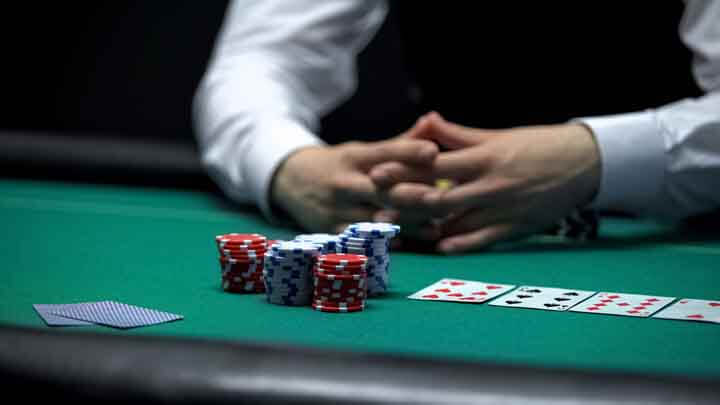
As levels progress and blinds get bigger, the poker ante will also become a more significant portion of your stack. If ante is 10% of the big blind, for example, you’ll need to pay almost a full extra big blind every round at a 9-handed table.
So, there is less time to sit around and wait as your stack is dwindling whether you play or not.
The second reason has to do with the gameplay itself. Antes help make the pots bigger, and fighting for them becomes increasingly valuable, especially at later stages of the tournament.
The ante poker strategy can be quite different from the one you’d use before the antes, especially if you’re on a short stack, and the pot can easily represent 10% or more of your entire stack.
What Is A Big Blind Ante?
If you’ve been following poker tournaments in recent years, you might have noticed that the way the antes are collected has changed.
It is quite common for the big blind player to post poker ante for the full table.
So what is a big blind ante, and how does it differ from the classic concept?
The concept of the big blind ante was created primarily to save time in live games. Instead of every player having to post an ante and the dealer spending time to go around the table and collect them, the player in the big blind will post the full value of antes.
One important change with this concept is that the big blind will post the full amount of antes even if one or two seats are empty at the start of a hand. The tournament clock will usually display the full number instead of the individual ante amount.
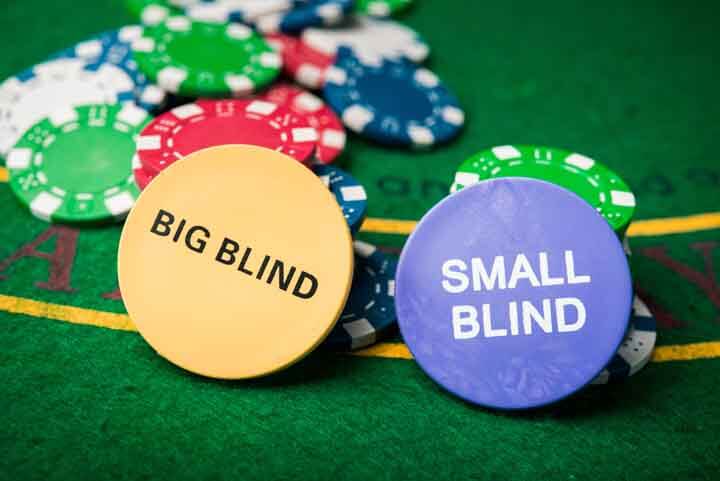
For example, 100/200/200 means blinds are 100 and 200, and the big blind also needs to post ante of 200.
The community in the twoplustwo poker forum and other media has largely supported the big blind ante.
Live games are notorious for being slow (especially to those coming from an online environment), and anything that helps speed them up can only be a good thing.
While it may seem irrelevant when looking at just one hand in isolation, the time saved by this method adds up over several hours of plays.
There is a valid argument that big blind ante is somewhat unfair as the big blind is already in the worst position, and forcing them to post an ante as well may feel like too much.
That’s why the idea of the button ante was considered for a while, but in the end, the big blind ante was largely adopted.
While you will certainly find yourself in a position where this method will put you at a disadvantage, so will the other players.
In the long run, this doesn’t change anything, and in the short run, it can really go either way, just like everything else in poker.
Whether you’re playing poker or gambling online on a site such as Wildz Casino, there will always be some luck and randomness involved. It’s really not worth dwelling on for too long.
Big Blind Ante at Short-handed Tables
The big blind will need to post the full value of antes up to the point where the table gets under a certain number of players. In tournaments, this typically happens when the play gets down to a final few tables and, of course, at the final table as players are eliminated.
In most full-ring tournaments, this will usually happen if there are five or fewer players at the table, although this is up to the tournament director.
When the table falls below the minimum number of players, the ante will be halved. So, if the full amount was 2,000, the big blind will only need to post 1,000.
Adjusting Your Strategy for the Ante Poker Stage
Even if you’re new to poker and don’t know much about Texas Holdem strategy, it should be quite clear that your strategy, especially before the flop, needs to change once ante comes into play.
Before antes, there are 1.5 big blinds in the pot. When antes kick in, that number increases, and if the big blind ante is used, it will usually be 2.5 big blinds.
That means that every pot will be more valuable from the get-go, and winning pots uncontested becomes even more important.
If you happen to be so lucky that you have a really big stack deep into the tournament, this may not feel like such a big difference. However, stealing a few of these will help you keep your stack from dwindling and cover your costs even if you can’t find any good spots to win big pots.
As you get to the medium and shorter stack territory, winning as many of these pots as possible becomes crucial for your success in a tournament.
If you have 15 big blinds to work with, stealing just one of these pots will bump your stack by 16.5%, which is quite a big increase.
At the same time, having to pay for antes yourself will make a dent, so you don’t want to be sitting around fiddling your thumbs.
Instead, look for good spots to go after these pots as often as you can.
When you’re in a late position, and it folds to you, you should be looking to attack, whether by raising or moving all in using this push fold chart. Open shoving 15-18 big blinds from a late position becomes a viable strategy once poker ante is in play because the pot is so much bigger.
Sometimes, players at your table will be oblivious to this fact and won’t change their strategy at all.
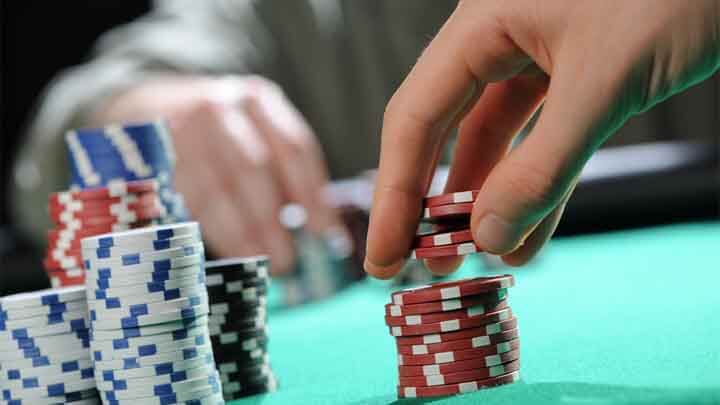
This is even better as you’ll have more opportunities to win pots uncontested as they’ll stay too passive and fail to adjust their calling ranges to the new situation.
While I’m not saying you should go absolutely crazy, don’t be afraid to ramp the aggression and go for those chips.
Even if players are somewhat observant, it might take them a while to realize what you’re doing, and by that point, you’ll already be out of the danger zone and can go back to playing more “sensible” poker.
Conclusion: Poker Ante In Your Games
I hope this article answers questions such as what is poker ante and why it exists and gives you a better idea of how to adjust for ante poker games.
Having this kind of information is particularly important for those new to the game as poker ante is often not talked about enough in poker training courses, and inexperienced players are frequently caught off guard or confused by it.
The bottom line is, it’s just another form of a forced bet, and you shouldn’t spend too much energy trying to figure out why it’s there.
What you need to know is when to expect it and how it influences the game.
This knowledge should also come in handy for your next home game, especially if you like to run tournaments. If you had any doubts about how it all works and whether you should give the big blind ante a go, things should be much clearer now.










